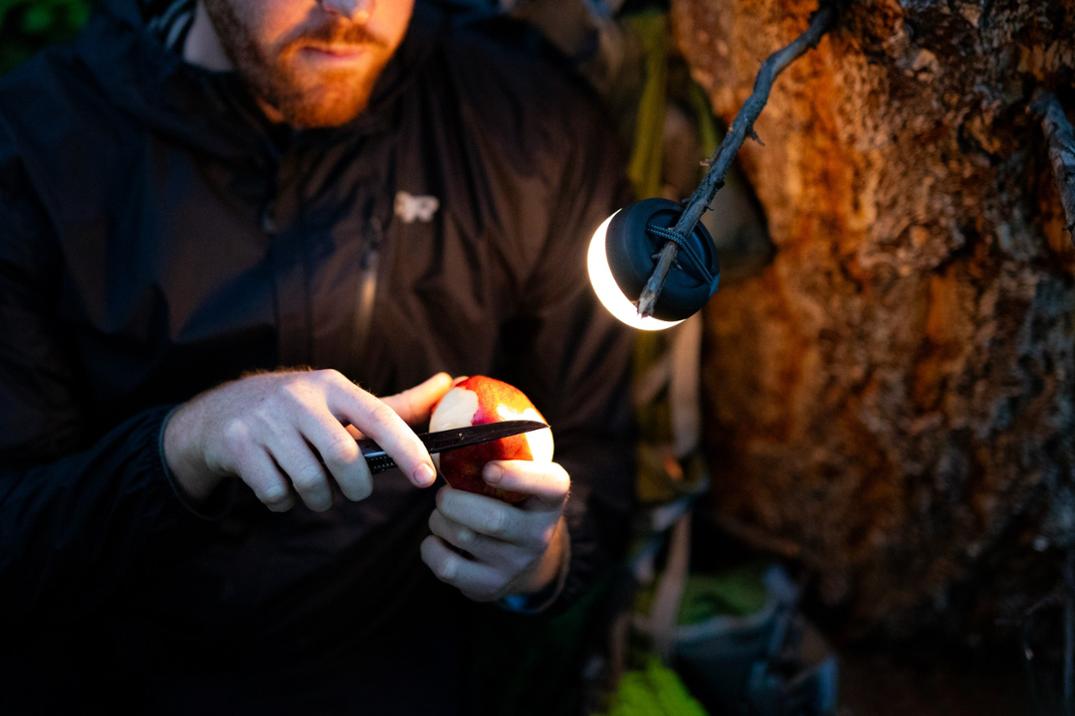When the chill of winter bites and the wind howls across frozen landscapes, even the toughest outdoorsmen aren’t immune to frostbite. This cold-weather hazard can sneak up quickly, especially during hikes, snow treks, or long days spent ice fishing. Frostbite occurs when skin and underlying tissues freeze due to extreme cold, restricting blood flow and damaging cells. Recognizing the symptoms early can make the difference between a quick recovery and permanent injury. Here are ten crucial signs every outdoor adventurer must know.
1. Sudden Skin Color Changes

The earliest sign of frostbite is a noticeable shift in skin tone. Affected areas, usually fingers, toes, nose, or ears, may turn pale, gray, or waxy white. In some cases, skin may flush red before fading into a dull, blotchy appearance. This occurs when blood flow slows and oxygen can no longer reach the tissues properly. If your skin doesn’t regain color after gentle warming, frostbite may already be developing and needs immediate attention.
2. Tingling Followed by Numbness

That prickly “pins and needles” sensation you feel in the cold isn’t harmless; it’s an early warning sign. As exposure continues, this tingling turns into numbness, signaling that nerves are freezing and blood circulation is impaired. Many people mistake this numbness for comfort, believing the danger has passed. In reality, it means the tissues are freezing silently. Always stop, warm up, and protect the area when you lose sensation in any extremity.
3. Skin Feels Hard or Waxy

When skin begins to feel firm, stiff, or oddly waxy, frostbite is moving past its early stages. The hardness is caused by ice crystals forming inside the tissues, which block blood flow and oxygen delivery. The skin might appear shiny and tight, almost plastic-like to the touch. Unlike regular cold skin, frostbitten areas don’t soften quickly with warmth. This stage requires careful, gentle rewarming to prevent further tissue damage.
4. Burning or Sharp Pain Sensation

It might seem strange, but frostbite can actually cause intense pain. Victims often describe it as burning, throbbing, or stinging, especially when they start to warm up. The pain occurs because nerves are freezing and thawing, which creates inflammation. If the burning sensation worsens during rewarming, it’s a strong indicator that deeper tissues are affected. Avoid massaging or rubbing the area, as friction can destroy already fragile cells.
5. Loss of Coordination and Dexterity

When frostbite sets in, fine motor skills begin to fade. Simple actions like gripping a water bottle, tying boot laces, or pressing buttons become clumsy and awkward. This happens when the cold reduces nerve function and tightens muscles. If you find it hard to move your fingers or walk steadily, it’s time to seek shelter and warm up fast. Loss of coordination is one of the body’s last warnings before serious injury sets in.
6. Swelling and Puffy Skin

As the body attempts to rewarm itself, fluid rushes to the damaged tissues, causing noticeable swelling. The affected area may appear red, puffy, and tender to the touch. While it might look like minor inflammation, this swelling indicates the body is struggling to heal frozen cells. Avoid applying tight clothing or restrictive gear over the area. Instead, elevate it slightly and allow circulation to return naturally while maintaining steady warmth.
7. Blister Formation After Thawing

Within hours after rewarming, clear or dark blisters can appear. These fluid-filled bubbles signal severe tissue injury, similar to second-degree burns. Clear blisters suggest superficial frostbite, while darker ones indicate deeper damage. It’s crucial not to pop or peel them, as that exposes the wound to infection. Keep the area clean, lightly bandaged, and seek medical attention. Blistering means your body is fighting to protect the underlying tissue layers.
8. Skin Feels Leathery or Tight

After frostbite sets in, the skin loses its natural elasticity. It may feel unusually stiff, leathery, or tight even after thawing. This occurs because the collagen and connective tissues have been compromised by freezing temperatures. When pressing the skin leaves no bounce or delay in color return, it’s a clear indicator of damage. This stage often signals moderate to severe frostbite that needs professional evaluation to avoid lasting scarring or stiffness.
9. Darkening or Blackened Tissue

In advanced frostbite, affected skin can turn dark blue, purple, or even black. This color change means that tissue death, called necrosis, has begun due to a lack of oxygen and circulation. At this point, the area becomes numb, cold, and lifeless. It’s a medical emergency requiring immediate professional treatment to prevent infection or gangrene. Never attempt to rewarm or handle severely blackened tissue without proper medical guidance.
10. Persistent Throbbing After Warming

Even after thawing, pain and throbbing that continue for hours or days indicate deep tissue and nerve damage. The area may remain overly sensitive or tingly, and swelling can persist. This lingering pain often reveals partial nerve injury that can lead to chronic sensitivity or permanent numbness. Always seek medical care if the pain doesn’t subside or if the skin feels unusually hard or blistered after warming it may save the limb.





